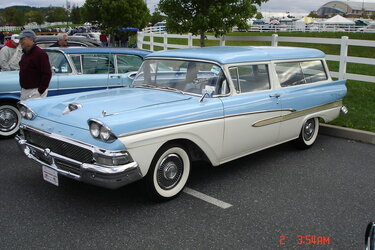When I had the time and money to "invest" in cars, I preferred turbos with as little distance between turbo, intercooler and engine as possible. Less inherent power loss as a result of the elevation I live at, and for those trips to the mountains.
With enough garage space I'd welcome a powerful NA car as well though!
With enough garage space I'd welcome a powerful NA car as well though!



